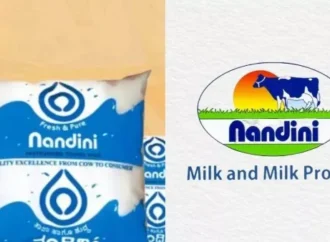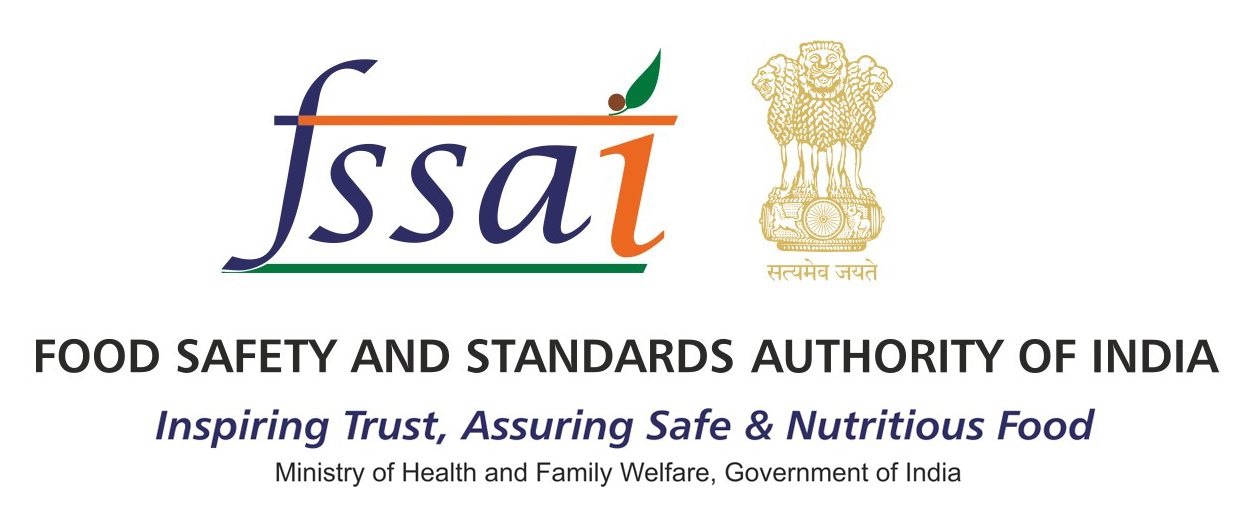Understanding the Basics of Food Labeling Laws
Food labelling laws are regulations set by governing bodies to mandate what information must be included in food packaging. These laws vary from country to country but generally cover some aspects. Such as ingredient lists, nutritional information, allergen declarations, and labelling claims.
Deciphering Ingredient Lists
Ingredient lists are perhaps the most critical aspect of food labels. They provide valuable insights into what goes into the products we consume. Ingredients are usually listed in descending order by weight, with the primary ingredient listed first. Consumers should be wary of additives, preservatives, and artificial flavours or colours, especially if they have dietary restrictions or health concerns.
Understanding Nutritional Information
Nutritional information, including calorie count, macronutrient breakdown (fat, carbohydrates, protein), and micronutrient content (vitamins and minerals), helps consumers assess the nutritional value of a product. Pay attention to serving sizes, as they can vary and may not reflect typical consumption habits.
Navigating Allergen Declarations
Allergen declarations are crucial for individuals with food allergies or sensitivities. Food labels must identify common allergens such as peanuts, tree nuts, soy, dairy, eggs, wheat, and shellfish. Consumers should always check for allergen warnings, even on products they’ve purchased before, as formulations can change.
Unraveling Labeling Claims
Food packaging often features various labelling claims designed to attract consumers. Phrases like “organic,” “natural,” and “low-fat” may influence purchasing decisions, but it’s essential to understand the criteria behind these claims. Look for certifications or seals from reputable organizations to ensure the legitimacy of such claims.
Staying Informed About GMO Labeling
Genetically modified organisms (GMOs) have sparked debates regarding their safety and potential health impacts. Some countries have implemented GMO labelling laws to inform consumers about the presence of genetically engineered ingredients in food products. Stay updated on GMO labelling regulations in your region and make informed choices accordingly.
Utilizing Technology for Enhanced Transparency
With advancements in technology, consumers now have access to additional information beyond what’s printed on food labels. Smartphone apps and online databases allow shoppers to scan barcodes. And it accesses detailed product information, including ingredient lists, nutritional profiles, and potential allergens.
Advocating for Transparency and Accountability
As consumers, we have the power to demand transparency and accountability from food manufacturers and regulatory bodies. Stay engaged with food labelling issues, voice concerns about misleading or inadequate labelling practices, and support initiatives that promote clearer and more informative food labels.
Conclusion
Food labelling laws serve as a cornerstone of consumer protection. Which provides essential information to help individuals make informed decisions about the food they consume. By understanding the basics of food labelling, deciphering ingredient lists, and staying informed about nutritional information and labelling claims. Consumers can navigate the grocery aisles with confidence and prioritize their health and well-being.
By incorporating these insights into your shopping routine, you can empower yourself to make healthier choices and advocate for greater transparency in the food industry. Remember, empower yourself with knowledge; after all, when it comes to food labelling laws, staying informed takes you closer to a healthier and more fulfilling lifestyle.
 Food Manifest
Food Manifest 


















Leave a Comment
Your email address will not be published. Required fields are marked with *